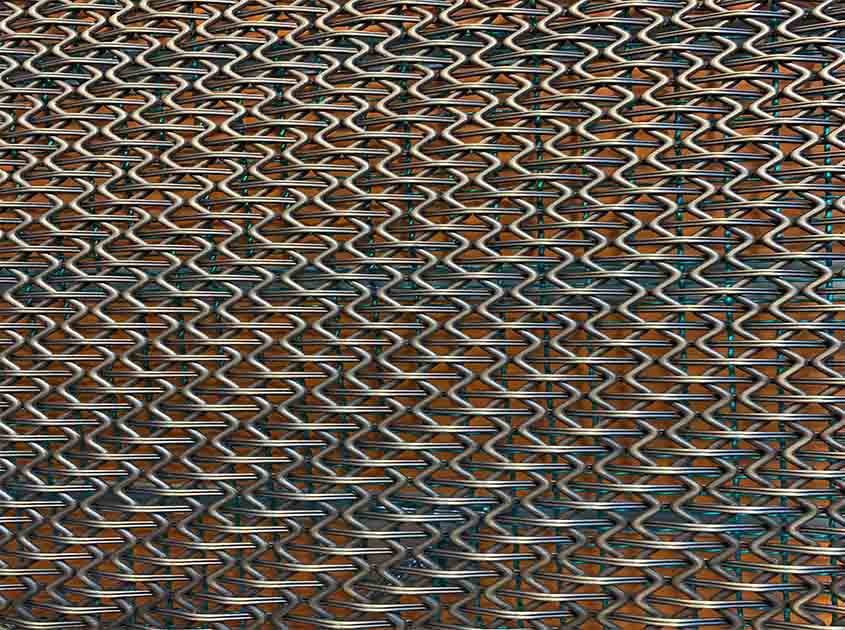Introduction:
The use of architectural woven mesh has emerged as a significant element in creating sustainable façades. In this article, we will explore the role of architectural woven mesh in sustainable façade design, highlighting its contributions to energy efficiency, daylighting, ventilation, and visual appeal.

Energy Efficiency:
Architectural woven mesh plays a crucial role in enhancing the energy efficiency of building façades. By acting as a sunshade, the mesh filters and diffuses sunlight, reducing solar heat gain and minimizing the need for excessive air conditioning. This passive solar design approach helps to lower energy consumption, leading to reduced carbon emissions and improved building performance.

Daylighting:
Natural daylighting is an essential aspect of sustainable design, as it reduces the reliance on artificial lighting and creates a healthier and more comfortable indoor environment. Architectural woven mesh allows for the controlled diffusion of natural light, creating a balance between daylight and glare. The mesh acts as a semi-transparent barrier, allowing ample daylight to enter while reducing direct sunlight, optimizing visual comfort and reducing the need for artificial lighting during the day.

Ventilation:
Proper ventilation is crucial for maintaining indoor air quality and reducing the reliance on mechanical ventilation systems. Architectural woven mesh facilitates natural airflow through the façade, promoting passive cooling and reducing the need for energy-intensive mechanical ventilation. The open structure of the mesh allows for the exchange of fresh air while acting as a protective barrier against insects and pests.

Visual Appeal:
In addition to its functional benefits, architectural woven mesh adds a distinct aesthetic appeal to sustainable façade design. The intricate patterns and textures of the mesh create a visually dynamic and engaging façade that captures the attention of passersby. The interplay of light and shadow on the mesh surface adds depth and visual interest to the building envelope, contributing to its architectural character and enhancing the overall urban landscape.

Material Efficiency:
Architectural woven mesh is often made from durable and recyclable materials such as stainless steel or aluminum. These materials have a long lifespan and can be easily recycled at the end of their useful life, reducing the environmental impact associated with building materials. Furthermore, the lightweight nature of the mesh minimizes the structural load on the building, allowing for more efficient use of materials in the construction process.
pre:The Role of Architectural Woven Mesh in Sustainable Façade Design
next:Architectural Woven Mesh: A Solution for Artistic Ceiling Installations
© 2025 Joinwin Architectural Wire. All Rights Reserved. | Sitemap
Recommended Read
Unique architectural metal decorative mesh adds charm to your project
Metal woven mesh is widely popular due to its unique design, high strength, durability and functionality.